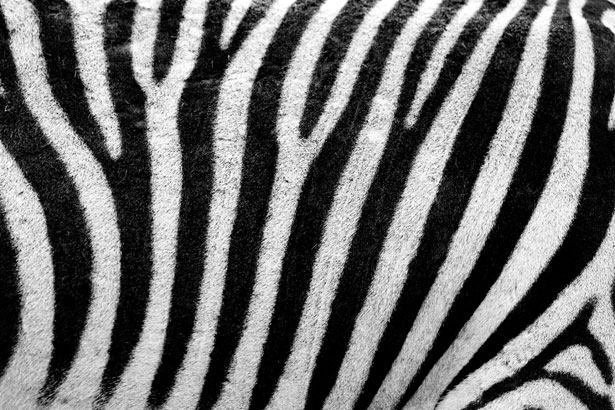Why we do what we do

At Mendelian, we build tools to help doctors find rare disease patients faster and diagnose them earlier.
There are two key facts most people miss about rare diseases:
- Rare diseases are not rare. We call them “rare” because each disease, individually, affects a small number of individuals. However, as a group, these diseases affect ~350 million people around the world. There are more than 8,000 diseases affecting 1 in 17 people — about the same as Asthma’s prevalence globally. Besides, the latest estimates show these numbers are growing. This is largely due to a broader clinical trend of diseases segmentation. Finally, it is safe to assume these numbers are underestimated as a large portion of the rare disease patient population remains undiagnosed their whole life; which brings us to our second key fact in the rare disease space.
- Rare diseases are very difficult to diagnose. Essentially, this is a systemic information challenge. Early in our medical education system, the key pillar of clinical training is: “When you hear hoofbeats, think of horses, not zebras”. Rare diseases are the zebras. The extent of the problem is disturbing. In the UK it takes, on average 5 years to diagnose a rare disease patient. From the first signs and symptoms appearing to a correct diagnosis made by the doctor. This is too long.
Clinicians — Why is it so difficult for doctors to diagnose patients?
Rare diseases are hard to spot early. Many have progressive onset, meaning the symptoms appear over a long period. Most express with multi-systemic features affecting different parts of the body, so specialists of one system will refer to other specialists more than usual. There is no rare disease specialist. It’s challenging for doctors as their typical clinical pattern matching system doesn’t apply well for rare diseases. In most cases, they have not seen a patient with the same condition in their career. Moreover, rare diseases definitions are constantly reshaped and new ones are being discovered every day. It’s intractable and impossible for clinicians to be up to date.
This delay in diagnosis has dire consequences on the patient and at scale, the entire healthcare system:
For the Patient — No Diagnosis, No Hope
During this 5 year journey looking for a diagnosis which patients call their “diagnostic odyssey”, patients are being dragged from pillar to post of the medical workflow. Meeting countless clinicians and health professionals, receiving several misdiagnoses, being administered a battery of inconclusive tests, and ineffective treatments. Their mental health is at also play, as the condition’s odd presentation is often foreign to clinicians, patients often report disbelief from their doctors.Many rare disease patients recall the day they finally got a diagnosis the most important day of their life.
Another serious outcome of delayed or missed diagnosis, apart for the constant distress of not being understood, is the lack of options. Without a diagnosis there are no experts, no centres of excellence no patient advocacy groups. Imagine not being able to even search for information online about your disease, no find published research or clinical trials recruiting. Evidently, without a diagnosis there is (no treatment and) no hope for treatments. No diagnosis also means no prognosis i.e no way to predict the disease progression. Will the patient get better? How will the symptoms evolve? How long will the patient live? Parents with children with rare diseases might not even know if the disease can be passed to their other children.
Diagnosis is the starting point for answers.
For the Healthcare System — Undiagnosed patients are a challenge
Undiagnosed patients rates are a heavy burden on the healthcare system. Indeed, the poor management of a disease often results in treatment-resistant symptoms for which the patient seeks repeated medical attention. Patients deteriorate over time, complications accumulate, some of which might be irreversible. Even when a treatment or clinical pathway exist for a patient, it is out of reach until the patient is formally diagnosed. These ongoing exploratory investigations incurring during the diagnostic odyssey is a huge factor of the cost associated with rare disease patients. An accurate, early diagnosis has the potential to not only significantly improve the quality of life to patients but ultimately bring significant reductions in strain on our healthcare system across primary, secondary and tertiary care.In a world where precision medicine is the new holy grail, where genomics is becoming democratised and where rare diseases get the awareness they deserve, we should rethink the diagnosis process of our most challenging patients.
At Mendelian, we are building tools to help doctors find rare disease patients faster and diagnose them earlier. Join us/the conversation on hello@mendelian.co
If you liked this article maybe you will also find interesting the following in-depth articles about other rare diseases, like A Day In The Life Of...Sneha Shankar Speaker Series - Behçet's Disease Mendelian Ethics Study by PHG Difficulties of Rare Disease Diagnosis Mendelian among the most innovative companies of the year by "El Pais". We are part of Start Alliance Berlin Digital Health